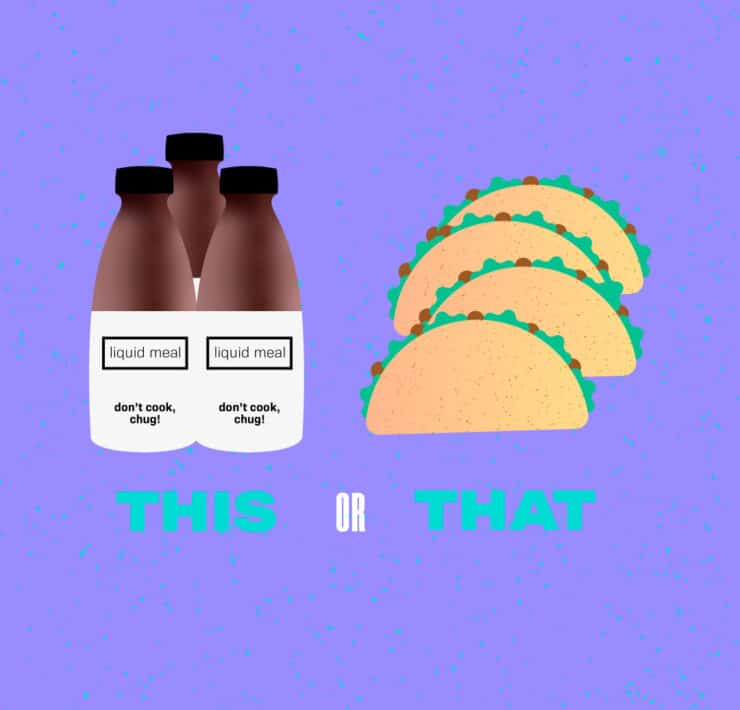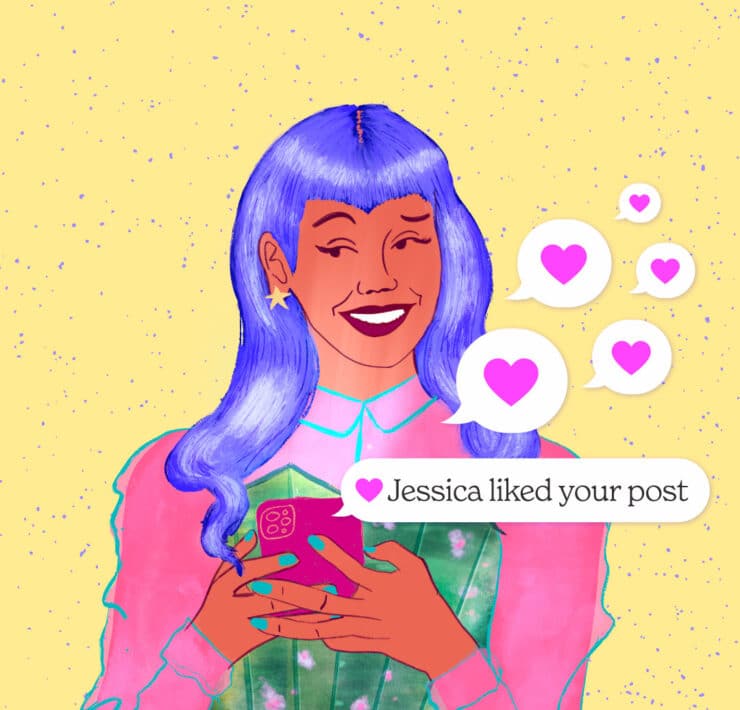Hisplaining Why Nobody Should Freak Out about Multiracial People

Unless you’ve been living under a rock (or happen to be out and about enjoying the last days of chancla weather), you should know by now that Vice President Kamala Harris, a multiracial daughter of immigrants, has clinched the Democratic presidential nomination, becoming the first woman of color to lead a major party ticket.
And while this development is making a lot of “people of color” very happy, some probably “discolored people” seem to be freaking out a bit, mostly by not understanding the significance of this development or—worse—by not actually knowing what a “person of color” is exactly.
I can’t blame them, to be honest.
As a born-and-raised Mexican, I didn’t know there was such a thing as “people of color” (let alone being one myself) until I moved to the US in the early 2000s. Ironically, growing up in Mexico City with a Spanish father and a mother with French roots, I had always considered myself more of a güerita (a blondie), and that’s because my compatriots would call someone who doesn’t look Indigenous or even “mestizo” like the majority of Mexicans.
I confess it took me a while to understand the concept that here, in the United States, if you are not white (Caucasian, I guess) you automatically end up in the category of a “person of color.” And this applies to Latinos, Blacks, Asians, and Native Americans, even though I came to know plenty of Latinos who looked “whiter” than Taylor Swift, African Americans with a lighter skin tone than mine, and Asians who looked “whiter” than many Caucasians put together.
WARNING: Before you keep reading and/or proceed to ask this writer to go take a crash course on race and ethnicity and/or get to the point and stop babbling, please remember this column was conceived to be handled with a serious dose of humor.
Enough about me. The point is that, regardless of the moniker we use to describe nonwhite people, the fact of the matter is that people of color (i.e., people who are of a race other than white or who are of mixed race) continue to make history—in the US and beyond.
Take Kamala Harris, whose mother was Indian and father is Jamaican. If she were to win in November, she would become not only the first female president of the United States but also the first Asian American. But this being a time of divisive politics and unrelenting bullying of people who don’t look like us, her opponents are already blasting her, not for her political views but for—wait for it—her mixed heritage, even putting into question her looks and, of course, her accent.
Sadly, this is not limited to the US. A similar thing is happening in Mexico, where a woman, Claudia Sheinbaum, is set to become not only the country’s first female president but also the first with a Jewish background in a country that is home to almost 100 million Catholics.
While Sheinbaum, who was born to atheist Jewish parents, has played down her heritage, her haters have wasted no time in casting doubts about her origins, with one former president going as far as putting into question whether she was born in Mexico (she was) and referring to her on social media as a “Bulgarian Jew.”
¡Relájense un poquito, por favor!
As a “person of color” myself, I’m all up for both Kamala and Claudia becoming “firsts” in their respective countries, not only for being women but also for daring to look and sound “different” than the average politician—even as haters insist on pointing at their “dubious” origins.
And I’m not making this up. Just a few days ago, former President Trump claimed before a gathering of Black journalists to not know whether Harris was Black or Indian, arguing that she might have “turned Black” a number of years ago and that someone should “look into that.”
OK then, so while someone “looks into that,” I’d like to respectfully remind Mr. Trump and others like him that multiracial people are now the fastest-growing demographic in the US, with almost 40 million Americans identifying as being of two or more races.
Or maybe what we all should be “looking into” is how to embrace diversity to make this planet a better place, even for discolored lunatics.
Stay tuned for Laura Martinez’s next Hisplaining column, which will tackle other key biz terms and jargon and help leaders everywhere smoothly navigate the multicultural business world. In the meantime, send us tips and ideas for other terms and jargon that you’d like to see us feature. And remember: Don’t panic . . . it’s just his-PANIC!







